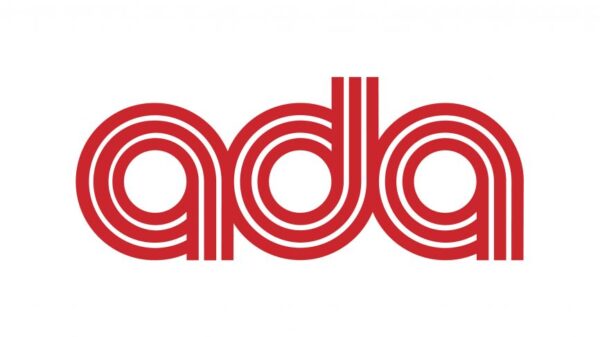Introduction
Music has always been a powerful tool for self-expression and emotional well-being. It has the ability to uplift our spirits, calm our minds, and transport us to different worlds. In recent years, the connection between music and wellness has become even more apparent, with a growing number of people using music as a form of self-care. In this blog post, we will explore the latest wellness trends in music lifestyle and how they can enhance our overall well-being.
1. Mindful Listening
Mindful listening is a practice that involves fully immersing ourselves in the music we are listening to, without any distractions. It allows us to be present in the moment and connect deeply with the emotions and messages conveyed by the music. This trend encourages us to set aside dedicated time for listening to music, free from any other tasks or distractions. By doing so, we can experience the full therapeutic benefits of music and improve our mental and emotional well-being.
2. Personalized Playlists
Personalized playlists have become increasingly popular as a way to curate music that resonates with our individual tastes and moods. With the rise of streaming services and music recommendation algorithms, it has become easier than ever to create playlists that reflect our unique preferences. By creating personalized playlists, we can tailor our music listening experience to suit our specific needs, whether it’s for relaxation, motivation, or simply to uplift our spirits.
3. Music for Meditation
Meditation and mindfulness practices have gained significant popularity in recent years, and music has become an integral part of these practices. Music for meditation typically consists of calming and soothing sounds, such as nature sounds, ambient music, or gentle instrumental melodies. This type of music helps create a peaceful and serene environment, allowing us to relax, focus, and deepen our meditation practice.
4. Sound Baths
Sound baths are immersive experiences that use various instruments, such as singing bowls, gongs, and chimes, to create a therapeutic and meditative atmosphere. Participants lie down or sit comfortably while the sounds wash over them, promoting deep relaxation and stress relief. Sound baths have gained popularity as a way to release tension, balance energy, and restore harmony within the body and mind.
5. Music for Movement
Music has long been used as a motivator and enhancer of physical activities. Whether it’s during a workout, yoga session, or dance class, the right music can uplift our energy levels, boost our motivation, and make the experience more enjoyable. Fitness enthusiasts and instructors are increasingly incorporating music into their routines to create a more immersive and engaging workout experience.
6. Music Therapy
Music therapy is a well-established field that uses music to address physical, emotional, cognitive, and social needs. It is often used as a complementary therapy for various conditions, including anxiety, depression, chronic pain, and dementia. Trained music therapists work with individuals to create personalized music interventions that promote healing, reduce stress, and improve overall well-being.
Conclusion
As the connection between music and wellness continues to grow, the latest trends in music lifestyle offer us new ways to incorporate music into our self-care routines. From mindful listening and personalized playlists to music for meditation, movement, and therapy, there are endless possibilities for using music to enhance our well-being. So, why not create your own soundtrack for self-care and let the power of music transform your life?



































